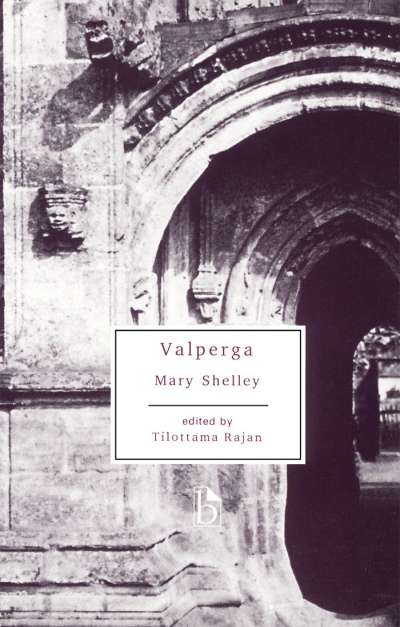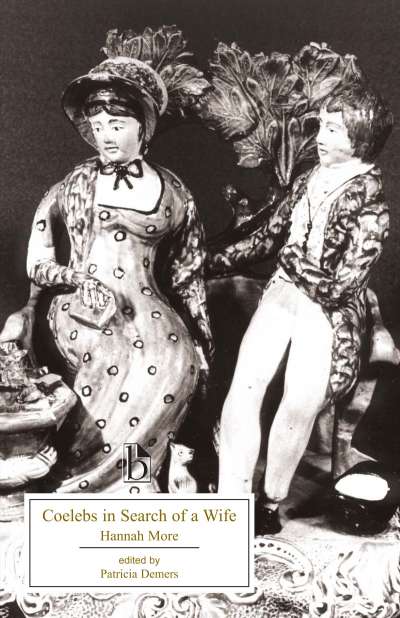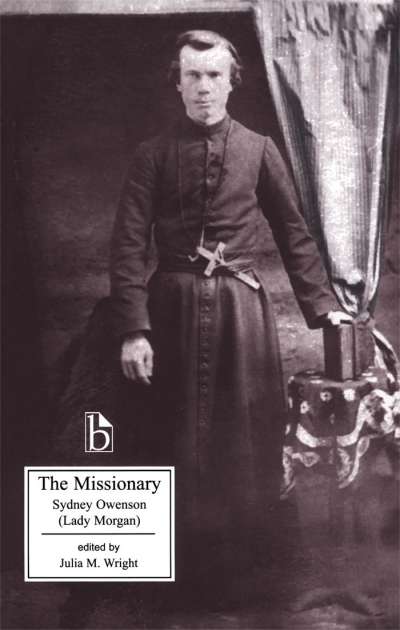Walsingham is both a lively story and a commentary by Mary Robinson on her society’s constraints upon women. The novel follows the lives of two main characters, Walsingham Ainsforth and his cousin, Sir Sidney Aubrey, a girl who is passed off as a son by her mother so that she will become the family heir. Sidney, educated in France, returns to England as an adult and persistently sabotages Walsingham’s love interests (having secretly fallen in love with him herself). Eventually, Sidney reveals her identity, and she and Walsingham declare their mutual love, wed, and share the family’s estate.
This Broadview edition includes a rich selection of primary sources material including contemporary reviews; historical and literary accounts of eighteenth-century female cross-dressers; and selections from contemporary works that focus on the figure of the “fallen” woman.
Comments
"Mary Robinson's Walsingham is at once a novel of ideas, sentimental romance, gothic adventure and worldly satire. This responsibly edited and amply annotated edition effectively demonstrates how the work integrates the literary, social, educational and gender politics of the 1790s. Shaffer's thoroughly researched introduction serves as a resource for students and scholars alike."
Laura L. Runge
Acknowledgments
Introduction
Mary Darby Robinson: A Brief Chronology
A Note on the Text
Index to the Poetry
Walsingham
Appendix A: Contemporary Reviews (1798)
1. The Monthly Review
2. The Critical Review
3. The Analytical Review
4. The Anti-Jacobin
5. The Monthly Magazine and British Register
6. The Monthly Mirror
7. The Monthly Visitor
8. British Critic
Appendix B: Accounts of Real Eighteenth-Century Female-to-Male Cross-Dressers
1. Mrs. Charlotte Charke, A Narrative of the Life of Charlotte Charke (1755)
2. [Henry Fielding], The Female Husband (1746)
3. Anon, The Female Soldier (1750)
4. Giovanni Bianchi, An Historical and Physical Dissertation on the Case of Catherine Vizzani (1751)
Appendix C: Fictional Eighteenth-Century Cross-Dressers
1. Selina Davenport, English Forbearance and Italian Vengeance (1828)
2. Miss A. Kendal, Tales of the Abbey (1800)
3. Sophia Lee, The Two Emilies (1798)
Appendix D: Fictional Leniency Towards Sexually Fallen Woman
1. Miss Street, The Recluse of the Appenines (1793)
2. Sophia Woodfall, Frederick Montravers (1803)
3. Mary Robinson, The Natural Daughter (1799)
4. Elizabeth Helme, The Farmer of Inglewood Forest (1796)
5. Amelia Opie, The Father and Daughter (1800)
Select Bibliography and Works Cited
Julie A. Shaffer is an Assistant Professor of English at the University of Wisconsin Oshkosh.













